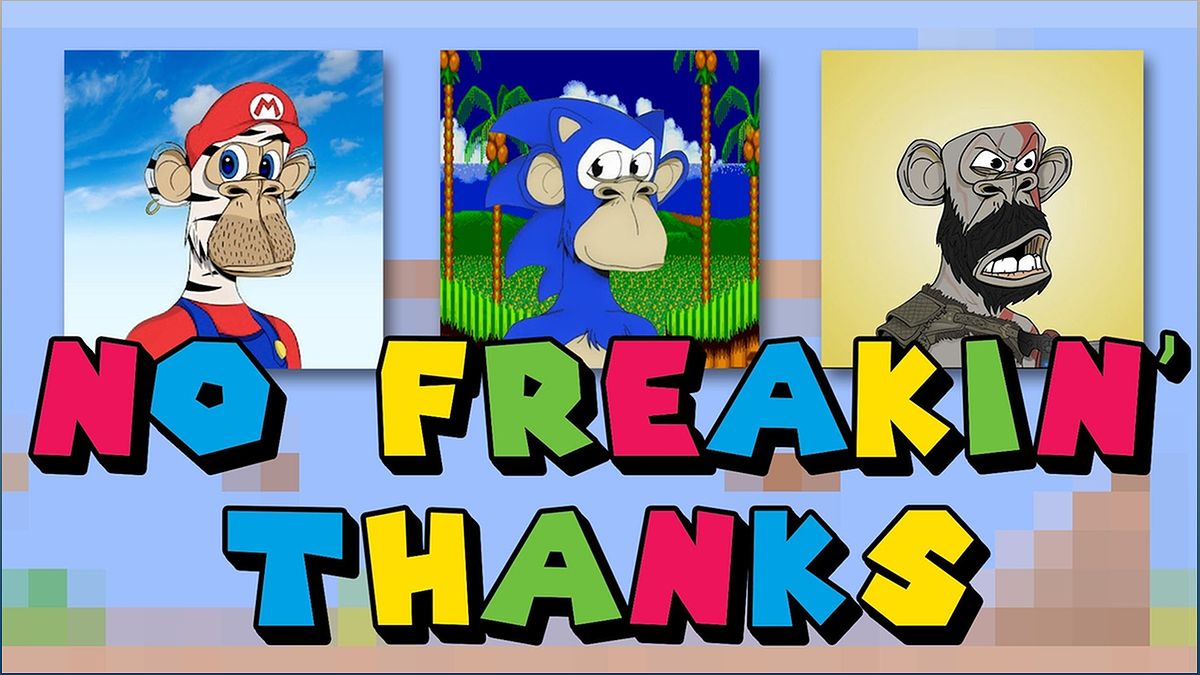The rise of Non-Fungible Tokens (NFTs) in the gaming industry has sparked a heated debate. In this article, we delve into the controversy surrounding NFTs and their potential impact on gaming. We explore the benefits of NFTs, such as real digital ownership and player-driven economies, but also address the risks, including scams, high financial barriers, and concerns about gameplay quality. Join us as we navigate the exciting yet contentious world of NFTs in gaming.
Understanding NFTs: A Unique Digital Identifier
Non-Fungible Tokens (NFTs) are digital identifiers recorded on a blockchain that certify ownership and authenticity. Unlike cryptocurrencies such as Bitcoin, NFTs are unique and cannot be exchanged on a one-to-one basis. They are typically associated with digital files like artworks, videos, and photos, and can be created by anyone.
These tokens have gained significant attention in recent years, with the NFT trading market reaching a staggering $17 billion in 2021. However, the rise of NFTs has also sparked controversy due to concerns about energy consumption, carbon footprint, and potential scams.
The Pros and Cons of NFTs in Gaming
The integration of NFTs in gaming has generated mixed reactions. On one hand, NFTs offer the possibility of real digital ownership, allowing players to truly own their in-game items and potentially profit from them. This can lead to player-driven economies and sustainable revenue models.
However, there are also concerns about the risks associated with NFTs in gaming. High financial barriers can exclude many gamers from participating, and there is a potential for scams within the NFT market. Additionally, some players express discontent with the idea of overpriced NFT trading within games and worry about the impact on gameplay quality.
Controversies Surrounding NFTs in Gaming
The integration of NFTs in gaming has not been without its controversies. Game publishers like Ubisoft and Konami have faced backlash for attempting to implement NFTs in their games. Players have expressed dissatisfaction with the idea of overpriced NFT trading within the game environment.
Furthermore, there have been incidents where NFT artworks were mistakenly shared, leading to public backlash. These controversies highlight the need for careful consideration and transparent communication when integrating NFTs into gaming experiences.
Addressing Risks and Finding Solutions
While NFTs offer exciting possibilities in gaming, it is important to address the risks associated with their integration. One significant concern is the prevalence of NFT scams, which can deceive unsuspecting gamers. Additionally, the high financial barriers to entry can exclude many players from participating in NFT trading.
To mitigate these risks, several solutions have been proposed. Reframing the integration of NFTs, offering free-to-play models, and decoupling the crypto value from speculation are among the strategies being explored. By implementing these solutions, the gaming industry can maximize the positive impact of NFTs while minimizing the associated risks.
The Future of NFTs in Gaming
As the gaming industry continues to evolve, the future of NFTs remains uncertain. While they have the potential to revolutionize the gaming world by offering real digital ownership and player-driven economies, there are still challenges to overcome.
It will be interesting to see how the gaming industry navigates these challenges and finds a balance between the benefits and risks of NFT integration. The future of NFTs in gaming holds both exciting possibilities and important considerations for the industry and players alike.

